#netherlands 🇳🇱
Explore tagged Tumblr posts
Text

At the exhibition of Dutch flower paintings 💐
#dutch#holland#netherlands#the netherlands#dutch golden age#nl#nederland#flowers#flower painting#Dutch art#netherlands 🇳🇱#🇳🇱#art#artblr#art history#history of art#paintings#painting#art gallery#classical art#arthistory
30 notes
·
View notes
Text
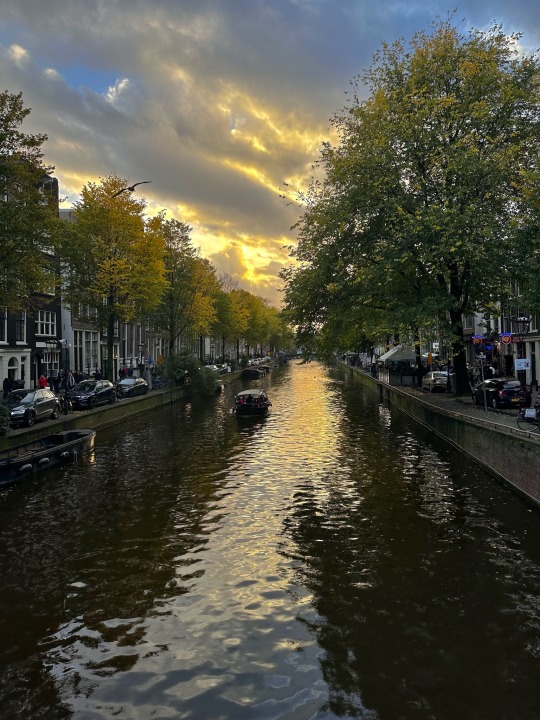



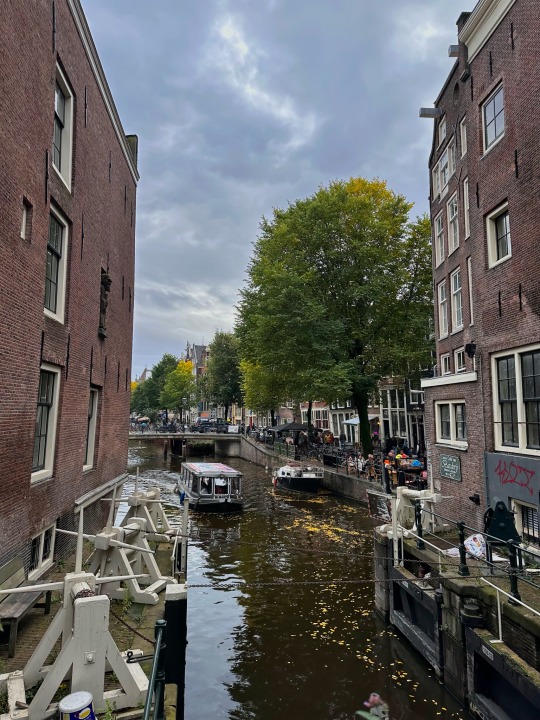
Amsterdam, capital of the Netherlands, has more than 100 kilometers of grachten (canals), about 90 islands and 1,500 bridges. The three main canals (Herengracht, Prinsengracht and Keizersgracht), dug in the 17th century during the Dutch Golden Age, form concentric belts around the city, known as the Grachtengordel. Alongside the main canals are 1550 monumental buildings.The 17th-century canal ring area, including the Prinsengracht, Keizersgracht, Herengracht and Jordaan, were listed as UNESCO World Heritage Site in 2010,contributing to Amsterdam's fame as the "Venice of the North".
Canals of Amsterdam
Amsterdam, Netherlands 🇳🇱
#amsterdam#netherlands 🇳🇱#netherlands#riverbank#canals#building#arhitecture#photography#atmosphere#photoblog#beautiful photos#travel#europe#aesthetic#cozy autumn#autumn vibes#autumn#city photography#city life#cool#cozy aesthetic#iphone photography#photografy#photo edit#photo blog#naturecore#cottagecore#dark academia#artists on tumblr#fairycore
117 notes
·
View notes
Text
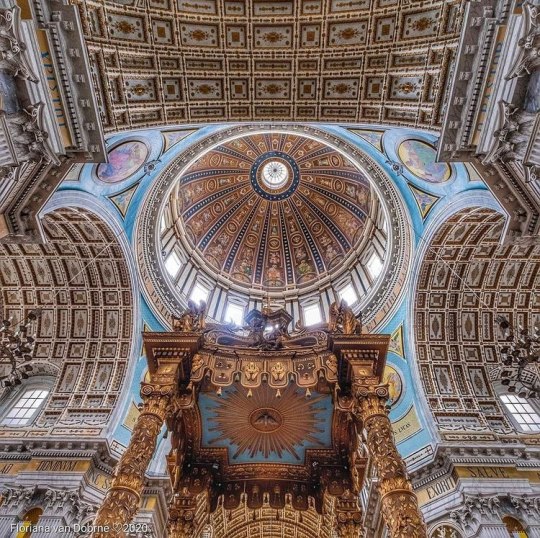
Basiliek van de H.H. Agatha en Barbara , Oudenbosch , Netherlands 🇳🇱
3 notes
·
View notes
Text
Cathedral in haarlem
took the wrong bus on the way back from the bank and ended up in Emmaplein. Found this gem while waiting for a bus to get back home





1 note
·
View note
Text
instagram
0 notes
Text


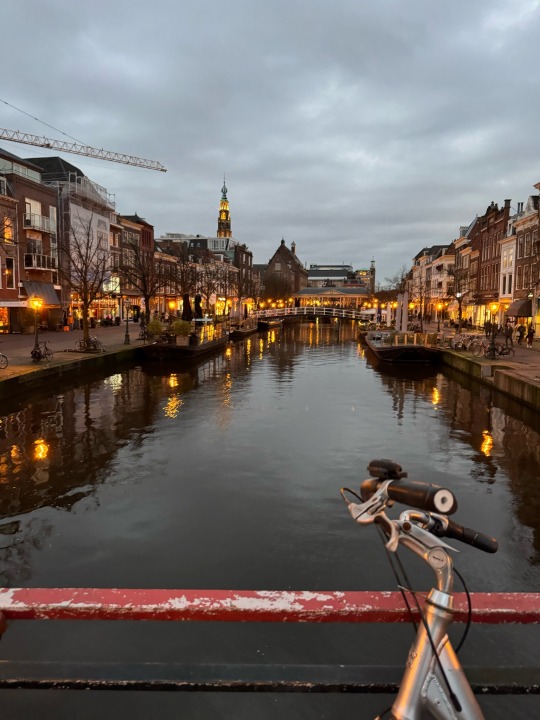



0 notes
Text
Scientists Discover Ghost of Ancient Mega-Plate That Disappeared 20 Million Years Ago
A Long-lost Tectonic Plate Dubbed “Pontus” that was a quarter of the size of the Pacific Ocean was discovered by chance by Scientists in Borneo
— By Stephanie Pappas | Live Science | October 17, 2023
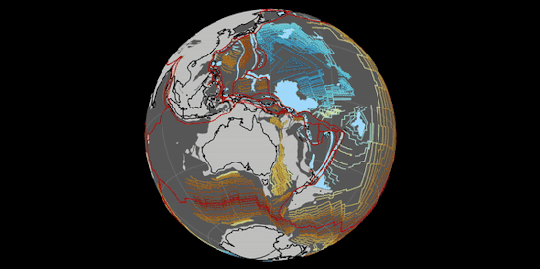
Utrecht University Geologist Suzanna van de Lagemaat has reconstructed a massive and previously unknown tectonic plate that was once one-quarter the size of the Pacific Ocean. Credit: Suzanna van de Lagemaat/Utrecht University, Netherlands
A long-lost tectonic plate that once underpinned what is today the South China Sea has been rediscovered 20 million years after disappearing.
The plate is known only from a few rock fragments from the mountains of Borneo and the ghostly remnants of its huge slab detected deep in Earth's mantle. It was once a quarter of the size of the Pacific Ocean. Scientists have dubbed it the "Pontus plate" because at the time of its existence, it sat under an ocean known as the Pontus Ocean.
"It's surprising to find remnants of a plate that we just didn't know about at all," Suzanna van de Lagemaat, a doctoral candidate at Utrecht University in the Netherlands, told Live Science.
Van de Lagemaat and her colleagues were initially studying the Pacific plate under the Pacific Ocean. Tectonic plates constantly move against one another, and the crust in oceanic plates is more dense than continental plates, so oceanic plates get pushed under continental plates in a process called subduction and disappear. Sometimes, however, rocks from a lost plate get incorporated into mountain-building events. These remnants can point to the location and formation of ancient plates.
The researchers were attempting to find remnants of one of these ancient lost plates, known as the Phoenix plate, while doing fieldwork in Borneo. Scientists can look at the magnetic properties of rocks to learn when and where they formed, van de Lagemaat said; the magnetic field that surrounds Earth gets "locked in" to rocks when they form, and that magnetic field varies by latitude.
But the researchers found something strange when they analyzed the rock they'd collected in Borneo.
"This latitude didn't fit with the latitude we got from the other plates that we already knew about," van de Lagemaat said.
To unravel the mystery, she used computer models to investigate the region's geology over the last 160 million years. The plate reconstruction showed a hiccup between what is now South China and Borneo — an ocean once thought to be underpinned by another ancient plate called the Izanagi plate actually wasn't on that plate. Instead, the Borneo rocks fitted into that mystery gap.

A reconstruction of the Pontus oceanic plate shown in the paleo-Pacific ocean 120 million years ago, along with its present relicts. Credit: Suzanna van de Lagemaat, Utrecht University
The researchers discovered the spot was actually occupied by a never-before-known plate, which van de Lagemaat and her team named the Pontus plate.
The reconstruction, published Sept. 29 in the journal Gondwana Research, shows that the Pontus plate formed at least 160 million years ago but was probably far older. (The rock samples collected in Borneo date back 135 million years.) It was once enormous but shrank steadily over its lifespan, finally getting pushed under the Australian plate to the south and China to the north, disappearing 20 million years ago.
Decade-old research from the same lab also showed a hint of the Pontus plate. That research looked at imaging of Earth's middle layer, the mantle, where the subducted crust ends up. It showed a huge slab of crust of unknown origin, but scientists at the time had no way to determine where it came from, van de Lagemaat said. Now, it's clear that this crust is what's left of the Pontus plate.
— Borneo, a giant, rugged island in Southeast Asia’s Malay Archipelago, is shared by the Malaysian states of Sabah and Sarawak, Indonesian Kalimantan and the tiny nation of Brunei. It’s known for its beaches and ancient, biodiverse rainforest, home to wildlife including orangutans and clouded leopards. In Sabah is 4,095m-tall Mount Kinabalu, the island’s highest peak, and, offshore, the famed dive site Sipadan Island.
#Live Science#Scientists#Ancient Mega-Plate#Tectonic#Pacific Ocean#Suzanna van de Lagemaat | Geologist | Utrecht University#Netherlands 🇳🇱#South China 🇨🇳 Sea 🌊#Borneo
1 note
·
View note
Text
🇬🇧Here a small flashback to last December, when I had the honour to represent the delegation of Luxembourg at the Western Model European Parliament.
0 notes
Text

He's just too freaking cute for me I think im in love again 😍❤️🇳🇱
#cody gakpo#my boy deserves the world#god loves you#liverpoolfc#liverpool fc#lfcfamily#lfcfans#beautiful#ugh hes so cute#ugh my heart#i'm in love 😍😍😍#gorgeous 😍😍😍#my bae for life 😍😍#netherlands 🇳🇱#my heart ❤️#i’m so 🥰🥰🥰#fooball#premier league#my sweet boy#ugh he's so pretty#pretty boy#lfc#ynwa#my heart#music#summertime#ugh i love him#hes mine#so hot 🔥🔥🔥#love him
1 note
·
View note
Text
orange🍊

オラニエ=ナッサウ家
0 notes
Text


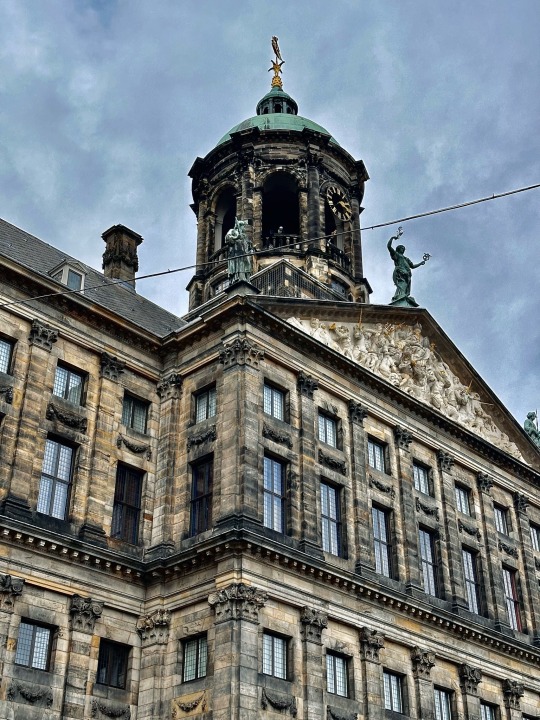
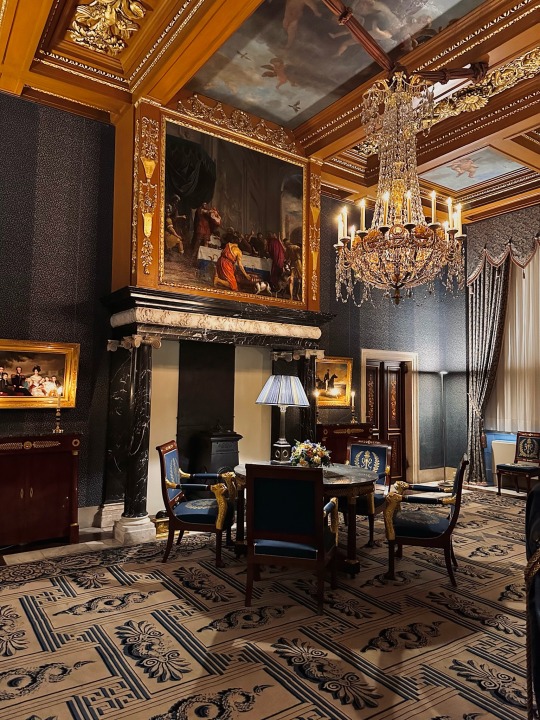
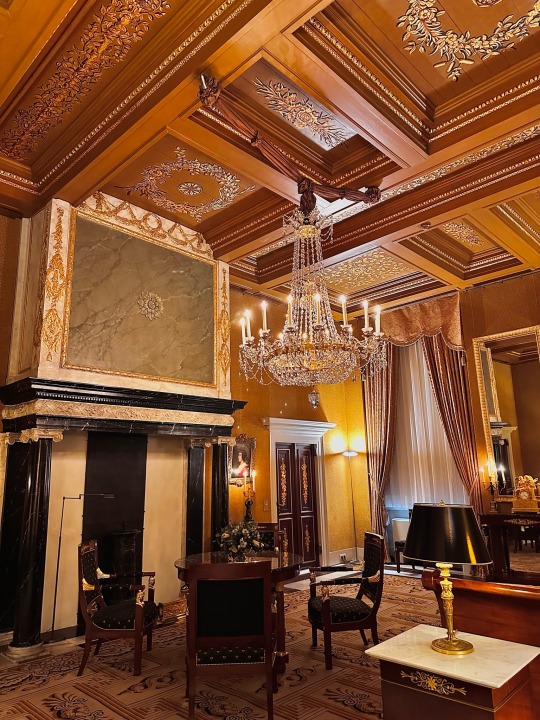
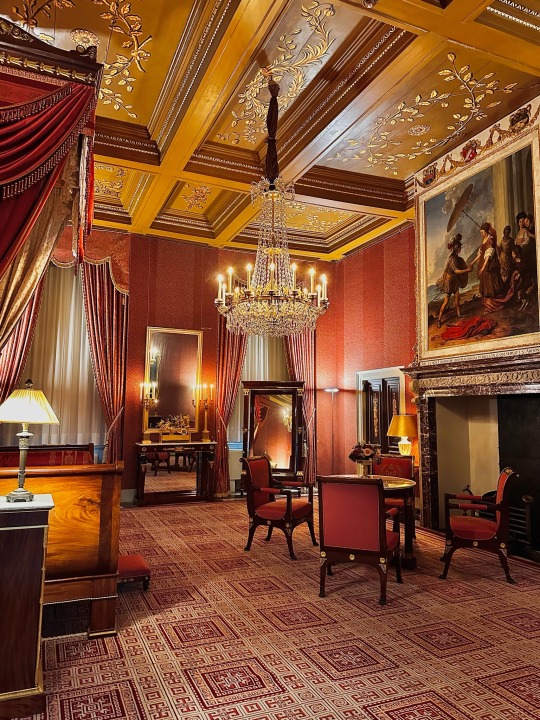



The palace was built as a city hall during the Dutch Golden Age in the 17th century. The building became the royal palace of King Louis Napoleon and later of the Dutch Royal House.
The palace is used by the monarch for entertaining and official functions during state visits and other official receptions, such as New Year receptions.
The three floors are crowned by a dome with a weathervane in the shape of a ship. It is decorated with marble inside. Astride the rear of the building is a 6-metre-tall statue of Atlas carrying the Globe on his shoulders.
The Royal Palace houses one of the most complete collections of furniture and decorative and applied arts in the world, well preserved in the Empire style (about 2000 items).
Royal Palace of Amsterdam
Amsterdam, Netherlands 🇳🇱
#royal palace#amsterdam#netherlands#🇳🇱#netherlands 🇳🇱#places#royalty#interiors#marble statue#arhitecture#travel#museum#furniture#art style#iphone photography#beautiful photos#city#history#good vibes#atmosphere#dark academia#vibes#photo#photography#photoblog#rich#prestige#europe
41 notes
·
View notes
Text

Driver Career Season 3 - Scuderia Ferrari #85 - (13/16) - Netherlands 🇳🇱 - P14
0 notes
Text

THE PRESIDENT OF EUROPE?!?!
#my art#joost klein#joost#justice for joost#joostice#esc24#eurovision 2024#eurovision#europapa#netherlands#🇳🇱#i think i'm in love with him
1K notes
·
View notes
Text
fuck it! Amsterdam photodump!
just random things I photographed around Amsterdam








1 note
·
View note
Text
0 notes
